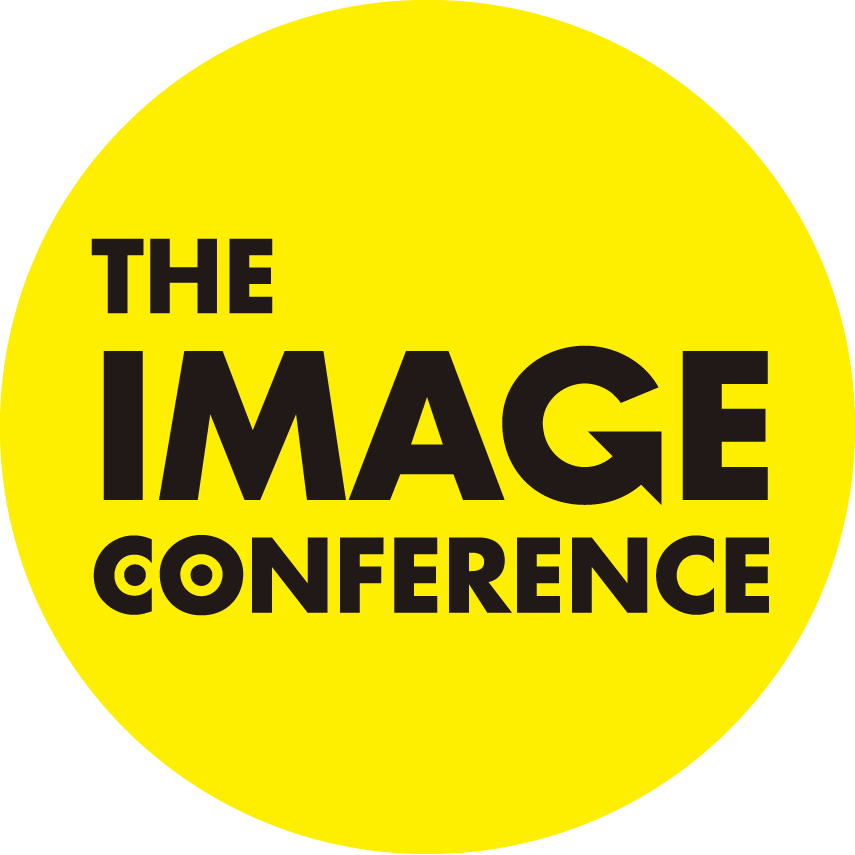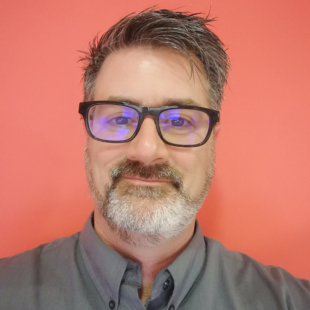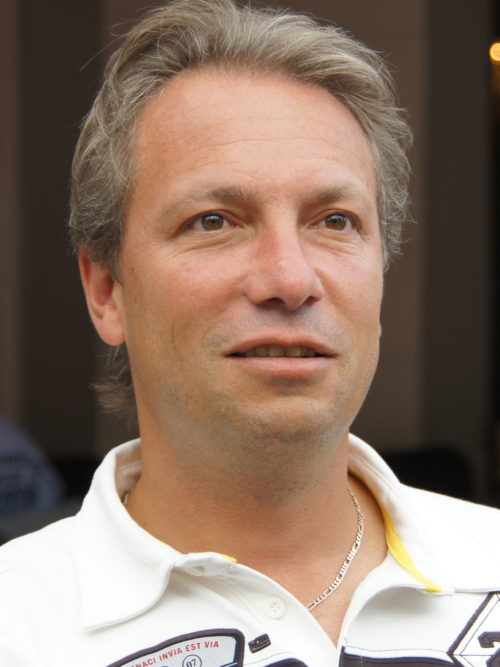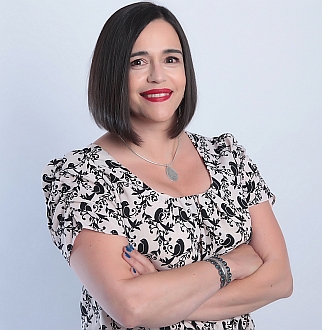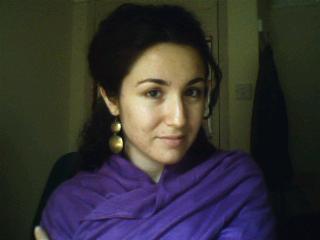
Dr Sylvia Karastathi studied Literature and Visual Culture at the University of Cambridge. She teaches English, academic writing and study skills at undergraduate and postgraduate levels. She is also a teacher trainer and researcher.
Sylvia tells us about her experience as a delegate at The Image Conference in Munich.
1. What did you enjoy about The Image Conference?
The Image Conference offered a rich opportunity to reflect upon, re-evaluate and be inspired about a particular aspect of our classroom practice: the use of images. Few teachers can claim that they do not use images in their classes; this conference allowed us to reflect on a standard practice that is rarely touched upon in teacher training curricula.
I think the way Ceri Jones structured her talk from mental images (and visualisation) to still images and finally moving images, provided a very good starting platform. I was particularly struck by ideas shared that proposed using our immediate ‘visual landscape’ instead of constantly inviting distant images in our screens.
Jane Arnold’s talk on mental images and visualisation was a great addition to the conference, reminding us of the creativity within. The technologically sophisticated and stimulating talk by Paul Driver on Augmented Reality provided a glimpse to the future and made a convincing argument on the ‘tangible turn’ in human computer interaction.
2. How was The Image Conference different from other conferences you’ve been to?
The focus of the conference is an attractive feature, as a lot of TESOL conferences tend to address a wide variety of issues. By the end of the day I felt I had a good idea as to which are the key questions, challenges and opportunities with using images in the classroom.
3. What were the main discussion points to arise in The Image Conference?
Student generated content, localisation and active viewing were the key themes that I took away.
4. Are there any practical activities you saw in The Image Conference which you’re going to use in your classes?
The talk on Visual Thinking Strategies by Jennie Wright provided useful insights and a methodology for working with images.
A number of websites, resources and links were shared that I have found useful in sourcing classroom material.
When I went back to class I used one of the visualisation activities proposed by Jane Arnold. I have never tried it in class before and students enjoyed the chance to look within. It provided heart-felt input and investment in the topic.
5. Are there any areas related to the use of images in ELT that weren’t covered in Munich that you would like to see sessions on in future editions of the conference?
There was generally a good coverage of topics and plenty of activities. There were no art gallery images shared or discussed. Either this is too obvious or not considered relevant to our students’ lives. If we are looking for ambiguous and suggestive images that can generate language, I think we ought to be looking there.
Also I was wondering if there were projects involving site-specific language teaching that takes places in art galleries or museums. This would be an interesting line of expansion.
6. Where would you like The Image Conference to be held in the future?
Athens would be a great location to continue the discussion about the status of the Image in ELT. There is a thriving ELT Community with TESOL Greece numbering 600 members who are actively participating in professional development events. The country despite the general economic turmoil still values language education as it offers opportunities for studying and working abroad. Teachers are also generally willing to invest in professional development feeling the pressure of competition and the need to update their practice.
